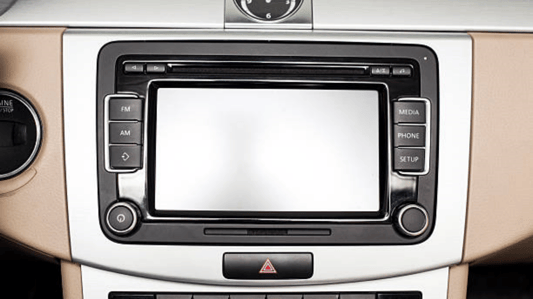How to Choose the Right Car Audio System for Your Automotive Projects 🎶🚗When it comes to automotive upgrades, sound systems remain one of the most requested features. For B2B buyers such as car manufacturers, distributors, or aftermarket retailers, choosing the right car audio system is not just about sound quality — it’s about reliability, cost-effectiveness, and customer satisfaction. In this blog, we’ll walk you through the essential aspects of selecting the right car audio system for your automotive projects.1. Understand Your Market Needs 🧐Before sourcing car audio systems, it’s important to define the specific requirements of your market.End-user preferences: Are your customers looking for premium sound quality or budget-friendly solutions?Vehicle types: Compact cars, SUVs, trucks, and luxury vehicles all have different acoustic needs.Regional differences: Some markets prefer deep bass, while others value balanced treble and clarity.👉 For example, in Europe, buyers often prefer clean and balanced audio, while in North America, there’s a stronger demand for powerful bass.2. Components of a Car Audio System 🔊Understanding the basic components helps you select the right system for integration or resale:Head Units (Stereo Systems)The central control for the system, supporting radio, Bluetooth, USB, and more.Modern units integrate with Apple CarPlay and Android Auto for a seamless driving experience.SpeakersRange from full-range speakers to component speakers (woofers + tweeters).Important to check for power handling (RMS) and frequency response.AmplifiersBoost signal strength for clearer, louder sound without distortion.Ideal for projects requiring high-power setups.SubwoofersDeliver deep bass, popular for entertainment-driven vehicles or luxury models.3. Key Features to Look for ⚙️When choosing car audio systems for your automotive business, focus on these criteria:Durability: Systems should withstand vibration, heat, and humidity inside vehicles.Compatibility: Must integrate with different vehicle dashboards and wiring systems.Sound Quality: Clear, distortion-free audio even at high volume.Smart Connectivity: Bluetooth, Wi-Fi, or app-based controls are increasingly popular.Customization Options: Some buyers prefer basic models, while others demand high-end premium solutions.4. Balancing Quality and Cost 💰One of the biggest challenges in B2B sourcing is balancing performance and budget.Entry-Level Systems: Affordable, easy to install, suitable for standard vehicles.Mid-Range Systems: Better materials, stronger performance, popular for most distributors.Premium Systems: Branded solutions with exceptional sound quality, used in luxury cars.👉 For distributors, offering a tiered product range helps reach wider customer segments.5. Supplier Considerations for B2B Buyers 🤝When sourcing from manufacturers like Flysonic Car Audio, B2B buyers should evaluate:Product Range: A wide portfolio ensures flexibility for different vehicle types.Certifications: CE, FCC, or ISO standards guarantee compliance and quality.Customization: Ability to adapt branding, packaging, or specifications for your market.MOQ (Minimum Order Quantity): Critical for businesses managing inventory.After-Sales Support: Technical guidance and warranty terms increase buyer confidence.6. Trends in Car Audio Systems 🚀The automotive audio market is rapidly evolving. B2B buyers should keep an eye on:Smart Integration: AI voice assistants and smart controls.Eco-Friendly Materials: Growing demand for sustainable components.Wireless Solutions: Reduced wiring for easier installation.3D Surround Sound: Immersive experiences becoming a selling point for premium cars.7. Case Example 📌A distributor in Southeast Asia upgraded its product catalog with mid-range Flysonic car audio systems. By offering a balance of price and performance, they increased sales by 35% in six months. Customers valued the durability in tropical climates and the modern connectivity features.8. Conclusion ✨Choosing the right car audio system for your automotive projects requires careful evaluation of market needs, system components, and supplier reliability. For B2B buyers, the right partnership ensures not only better sound quality for end-users but also stronger profitability.Whether you are sourcing for OEM manufacturing, car dealerships, or aftermarket retail, a trusted supplier like Flysonic Car Audio can provide the solutions you need.Quote Inquirycontact us










